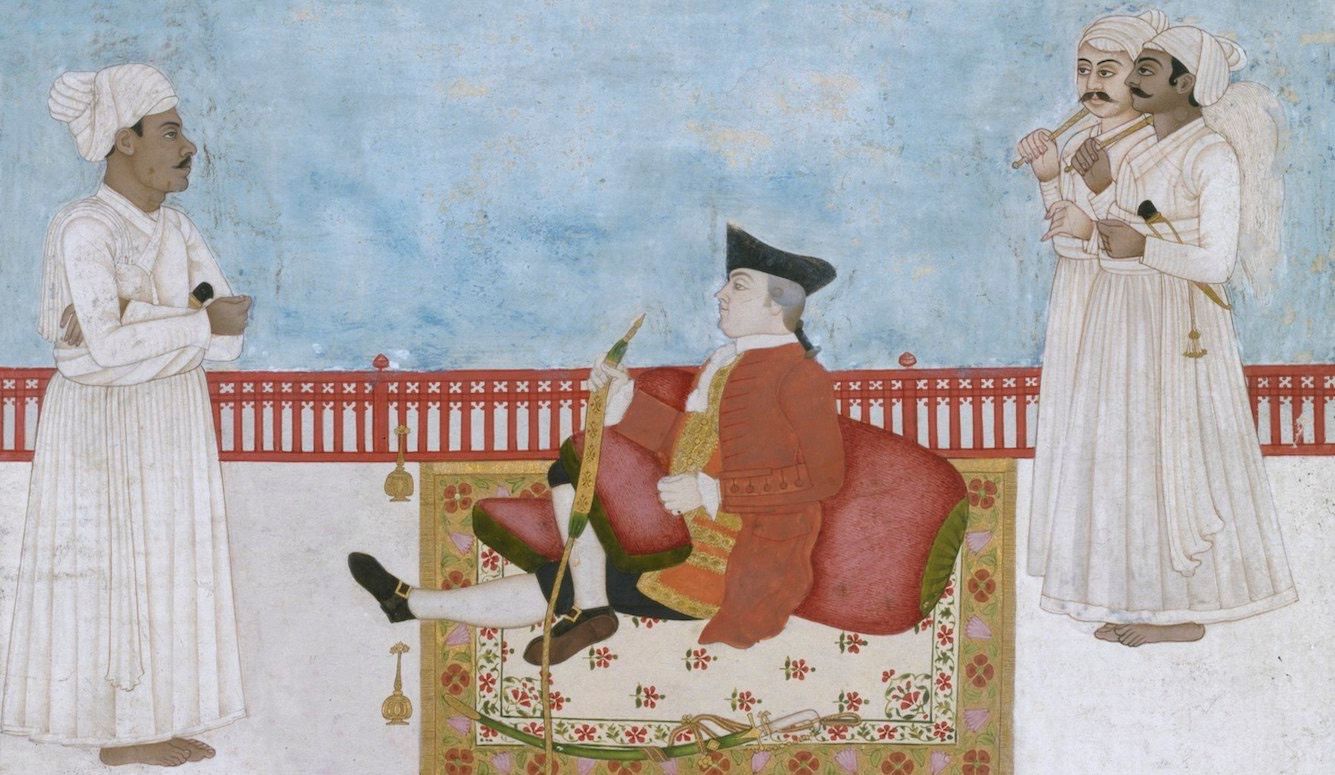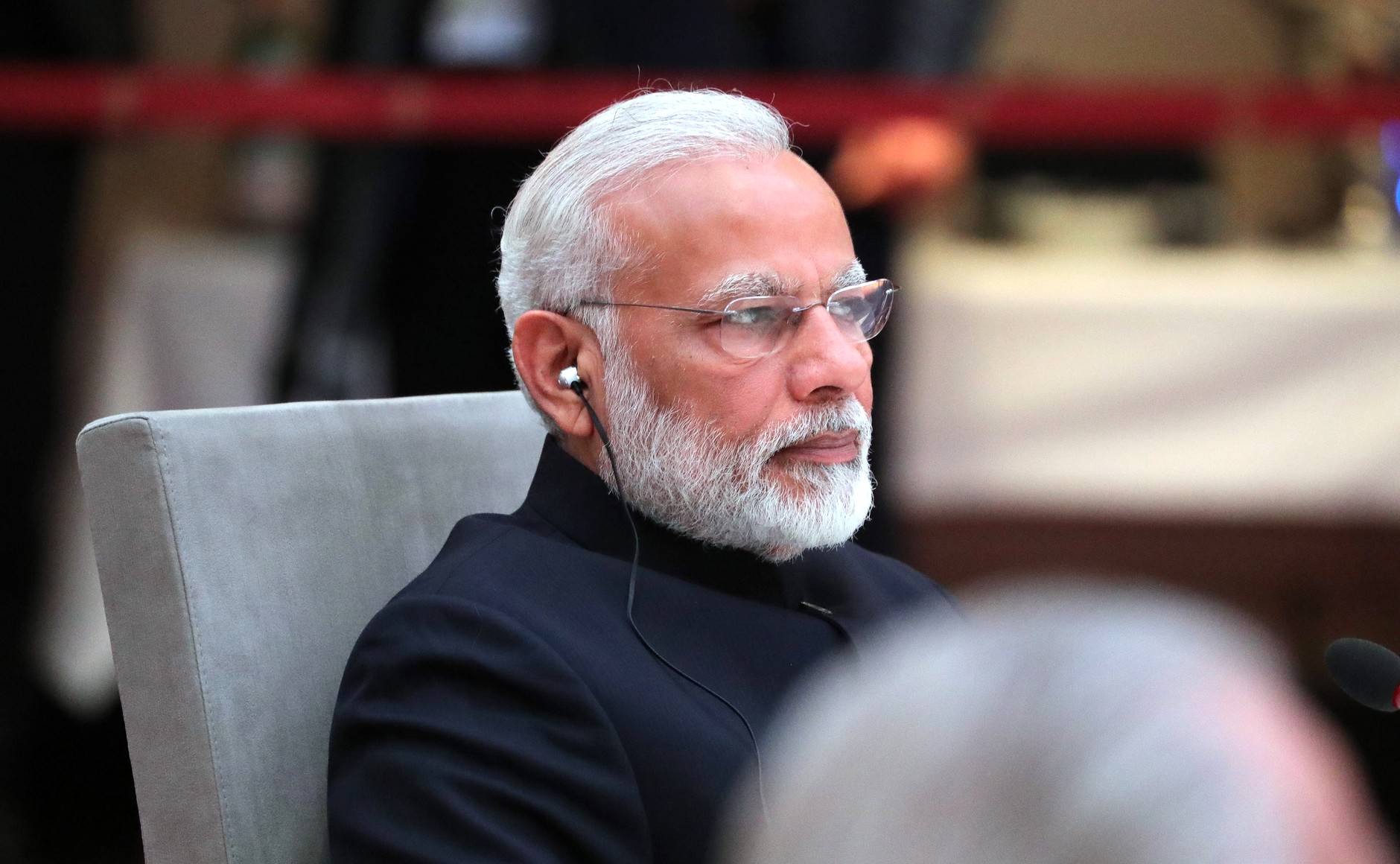Security
From India’s Himalayan Border to Our Local Cell Networks, It’s Time to Push Back Against China
The Indian border is only one of the many fronts on which China has been taking advantage of the worldwide economic downturn and political paralysis caused by COVID-19 to move aggressively—an ironic result given the source of the disease.

High in the Himalayan mountains, Chinese soldiers ambushed Indian troops this week, resulting in a brutal battle on the Indian side of their shared border. Twenty Indians were killed, while China won’t disclose its losses. It was the deadliest confrontation on the border in over 40 years. As a result, some Indian strategists are openly discussing recognizing Taiwan and providing more visibility to the Dalai Lama, state-owned telecoms are blocking Chinese equipment from 4G upgrades, and millions of Indians downloaded an app that helps remove Chinese apps from their phones (before Google removed it). All of this comes at a time when much of the world remains angry at China’s leaders for their initial handling of the COVID-19 crisis.
This week’s apparent provocation is part of a larger recent pattern with China. From the South China Sea, to Taiwan, to Hong Kong, Beijing has been seeking to change facts on the ground in a way that benefits its own strategic and economic interests. In a recent Atlantic Council discussion of the India-China border issue (convened before the latest fighting), senior American diplomat Ambassador Alice Wells summed the situation up well: “There’s a method here to Chinese operations. [A]nd it is that constant aggression, the constant attempt to shift the norms, to shift what is the status quo, that has to be resisted.”
For decades China has tried to expand its strategic reach along its de facto south-western border through the invasion of Tibet, land swaps with Pakistan, and war with India. To this end, China treats British Empire-era maps as political props to variously brandish or dismiss, as best suits Beijing’s goals. For example, it effectively accepted the 1914-era McMahon Line delineation in its border agreement with Myanmar, but rejects it with India.

The Line of Actual Control (LAC) separating China and India runs through rugged, high-altitude terrain that has witnessed multiple conflicts going back to the 1962 India-China border war. In recent weeks, there have been Chinese incursions at several points along the LAC, reportedly involving thousands of troops. In some spots, the Chinese military is digging in on the Indian side, while expanding its already considerable support infrastructure on their side of the LAC.
Delhi is particularly concerned about Chinese advances near India’s Daulat Beg Oldie (DBO) high-altitude military airfield, an essential Indian forward base that provides oversight of the strategic Karakoram Highway (KH) linking China’s western Xinjiang Autonomous Region with Pakistan, including the Gwadar Port on the Indian Ocean. It is a key component of the multi-billion-dollar China-Pakistan Economic Corridor.
The KH route is a long-standing conduit for arms transfers. In the 1990s, China reportedly delivered unassembled M-11 missiles to Pakistan by means of this artery, possibly to avoid seaborne detection by the United States’ Navy. In 2002, American satellites spotted 12 consignments of Chinese missiles traveling from China to Pakistan on the KH. In 2005, there were intelligence reports of the Chinese army using the KH to movetransporter erector launchers with short-range nuclear missiles.
Additionally, according to UK-based Indian strategic analyst Dheeraj P.C., “Traveling in the other direction, American-made weapons from Pakistan found their way to China, through the KH, where they were reverse engineered.” Additionally, he adds, “China can quickly get Pakistan to mobilize its troops using the KH. It can also mobilize its own troops in conjunction with Pakistan. The presence of [a Pakistani strategic intelligence] ISI officer in China’s Central Military Commission’s Joint Staff Department improves the possibility of a pincer movement.” Over the past few years, Pakistan and China have considerably modernized the Karakoram Highway.
The Indian border is only one of the many fronts on which China has been taking advantage of the worldwide economic downturn and political paralysis caused by COVID-19 to move aggressively—an ironic result given the source of the disease.

On the seas, Chinese forces have rammed a Vietnamese fishing boat and a Japan Maritime Self-Defense Force ship, threatened a Philippines Navy ship, harried a Malaysian survey ship, pushed into Indonesian waters, and staged a large live-fire military exercise overtly aimed at training for an invasion of Taiwan. (It is notable that, in a recent statement, Chinese Premier Li Keqiang conspicuously dropped the word “peaceful” from the usual phrasing, “peaceful reunification with Taiwan.”) Beijing also has launched a new security law that would dramatically undercut Hong Kong’s civil liberties, and imposed punitive trade measures on Australia to punish Canberra for daring to ask for an inquiry into the origins of COVID-19 (an initiative that has attracted support for Canberra from other countries).
And that’s just in the last few months.
China has a track record of positioning itself to be ready to act when an opening occurs. In 1962, China invaded India four days after the start of the Cuban Missile Crisis. That could have been an opening for a deeper Washington—Delhi relationship. India was caught by surprise and was desperate to arm itself. But while the United States provided small arms, ammunition, and other forms of support, President John F. Kennedy rejected Indian Prime Minister Jawaharlal Nehru’s request for high-tech weaponry and closer military co-operation, including squadrons of all-weather fighters that would be piloted by Americans until Indian pilots could be trained. This time, again, the geopolitical future will depend in large part on how well the United States, India (and others) can work together against an expansionist China.

There are promising signs. China’s aggression has provoked pushback. In May, the White House released a document entitled United States Strategic Approach to the People’s Republic of China, outlining a new whole-of-government strategy for countering the Chinese Communist Party’s “malign behavior,” including the way it is “engaging in provocative and coercive military and paramilitary activities in the Yellow Sea, the East and South China Seas, the Taiwan Strait, and Sino-Indian border areas.”
And it’s not just talk. President Donald Trump and the US Labor Department have effectively blocked a proposed multi-billion dollar investment by a federal pension plan in the Chinese market. Secretary of State Mike Pompeo officially certified that Hong Kong is no longer autonomous from China, opening the way to strip the territory of economic privileges it has long enjoyed. Chinese students in the United States with links to China’s military may have their visas revoked.
The United States made a mistake during the Cold War by not fully backing India’s democracy against communist China. This time, things may be different. There is a general understanding that those experiencing Chinese economic and military aggression have to work together. In the short term, the US is backing India, at least on the level of diplomatic rhetoric. And Indian Prime Minister Narendra Modi just held a virtual summit with his Australian counterpart, Scott Morrison, in which they concluded a defense logistics agreement. (India will also be buying agricultural products from Australia to compensate for the impact of Chinese trade restrictions.) The UK is calling for a “D10” (the seven democracies of the G7, plus Australia, India, and South Korea) to develop an alternative to Huawei’s 5G cellular-network technology. In policy circles, Indian, American, and Japanese strategists are calling for leaders to think about some kind of Indo-Pacific charter, along the lines of the 1941 Atlantic Charter.

China isn’t standing alone, either. It is working strategically with Russia, Pakistan, North Korea, Iran, and, increasingly, Turkey. Beijing’s influence now covers the full spectrum of geostrategic pressure points, including the military, economic, resource-extraction, telecom, and infrastructure spheres. If we are going to respond appropriately, we can’t look at China’s military incursions into India in isolation, but must assess them in this larger context.
Likewise, America’s allies need to stop hedging their bets. If Japan wants support in the East China Sea, it should allow better interoperability with the US military. If the Philippines wants support from the US Navy, it should continue to maintain its defense pact with the United States.
As for India, it has agreed to purchase Russia’s advanced S-400 anti-aircraft missile system—a system that could render its defense network vulnerable to electronic sabotage in the event of a war with China (which has worked closely with Russia on the system). If Delhi brings the system online, it would also preclude cooperation with the US on high-tech military projects and platforms. (Turkey’s purchase of the S-400 meant it was dropped from the F-35 program.) In 1962, India desperately wanted advanced US fighter jets. Now Delhi is creating a situation where a very willing US can’t even give them to India.
From the mountains of the Himalayas, to the capital markets, to your local cell phone tower, China is trying to reshape the international order to its own benefit. Even in a world distracted by many other crises, this should be recognized as a threat that demands a unified international response.






